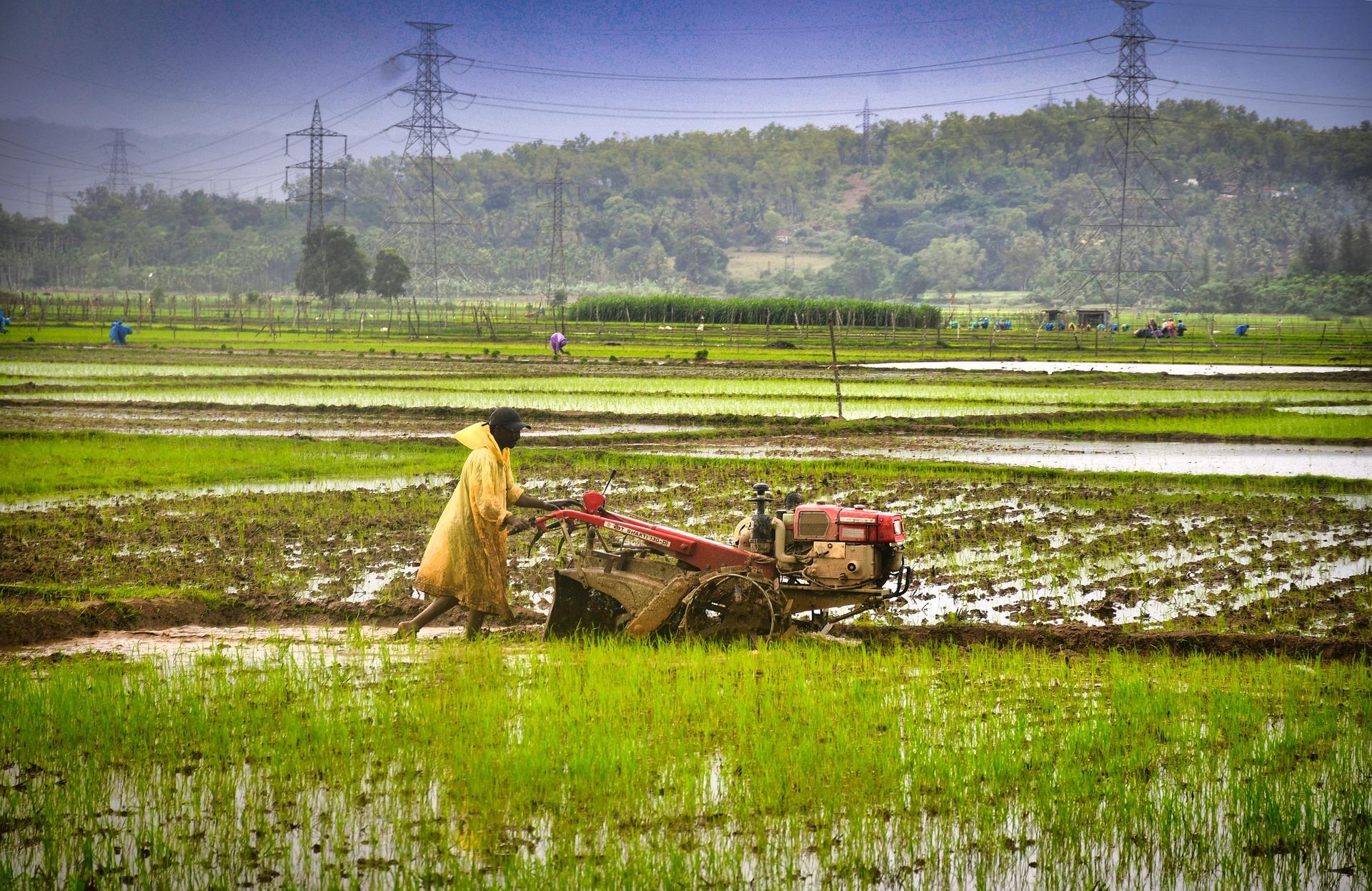
In a major development for the Indian commodity market, the 2025 monsoon has arrived with a bang—breaking multiple records. This early onset is being seen as a pivotal moment, not just for agriculture, but also for rural demand, particularly for gold. Let's take a deeper look at what this means for commodities, and how global developments are playing their part too.
Monsoon Arrives Early: A 16-Year Record Broken
The Indian monsoon has officially arrived earlier than expected—its earliest in 16 years. It broke a 35-year record in parts of Maharashtra, reaching as early as May 25. This is a significant development, as such early onset hasn't been seen since 1990. While this is being seen as a positive start to the rainy season, it's important to understand that the early arrival of monsoon doesn’t always guarantee timely or sufficient rainfall.
A historical example from 2009 shows that despite early onset, the country experienced a 23% rainfall deficit that year. So, the key takeaway here is that monsoon arrival does not always correlate with distribution or total rainfall.
That said, the Indian Meteorological Department (IMD) has forecast above-average rainfall for 2025, which keeps the outlook optimistic for now.
Impact on Gold: Rural Demand in Focus
A good monsoon generally boosts rural income, which in turn increases demand for gold in India. This is significant because India’s gold demand is heavily driven by rural consumption, particularly for weddings, festivals, and investment.
According to the World Gold Council, India currently holds an estimated 25,000 tonnes of gold stock, with a valuation crossing over ₹1.25 lakh crore. A strong rural economy due to a good monsoon can lead to higher demand, potentially supporting gold prices in the medium term.
However, in the short term, gold prices have shown downward movement. Several global developments have triggered this:
EU Tariff Alert: France suggested that starting June 1, a 50% tariff will be applied on all imports from the European Union. This created panic in the market, and gold prices surged by ₹800 per 10 grams temporarily.
Trump's Extension Announcement: Shortly after the tariff news, Donald Trump announced an extension of the implementation deadline—from June 1 to July 9. This softened the panic and brought prices down by over ₹500.
As of now, gold is trading at ₹95,893 per 10 grams in India, while globally, it has dropped $33 to $50 in recent sessions.
Crude Oil: Weak Fundamentals, Oversupply Pressure
The crude oil market remains subdued with no major bullish triggers on the horizon. Fundamental indicators continue to show:
- Weak Demand
- Strong Supply
There are also reports that OPEC+ may increase crude production in July, which would further pressure prices. On top of that, the ongoing global tariff and trade tensions have added an element of confusion to the market.
For now, crude oil is expected to remain range-bound or even under pressure. Traders and investors should be cautious and monitor global cues closely.
Metals: Volatility Driven by Global Politics
The base metals market has shown a mixed trend recently. The sharp movements in gold and broader commodities due to the changing statements—especially from Trump—have directly affected metals too.
In the past two days, we’ve seen news flow fluctuate rapidly:
1. Tariff announcement from Europe
2. Deadline extension by the US
These have led to whipsaw movements in the metals market. Today, we are witnessing range-bound trading across most base metals, with sentiment still uncertain.
The early monsoon has undoubtedly created a buzz in the Indian commodity market. While it signals potential for a strong agricultural season and rising rural demand, especially for gold, caution is advised as the actual distribution of rainfall remains to be seen.
Simultaneously, global macroeconomic and geopolitical developments are heavily influencing commodity prices—be it gold, crude oil, or metals. Investors should keep a close eye on both weather patterns at home and policy shifts abroad.
Disclaimer:
The information provided in this article is for informational purposes only and should not be considered as financial or investment advice. Commodity markets are subject to risks and volatility. Readers are advised to consult with a certified financial advisor before making any investment decisions.




